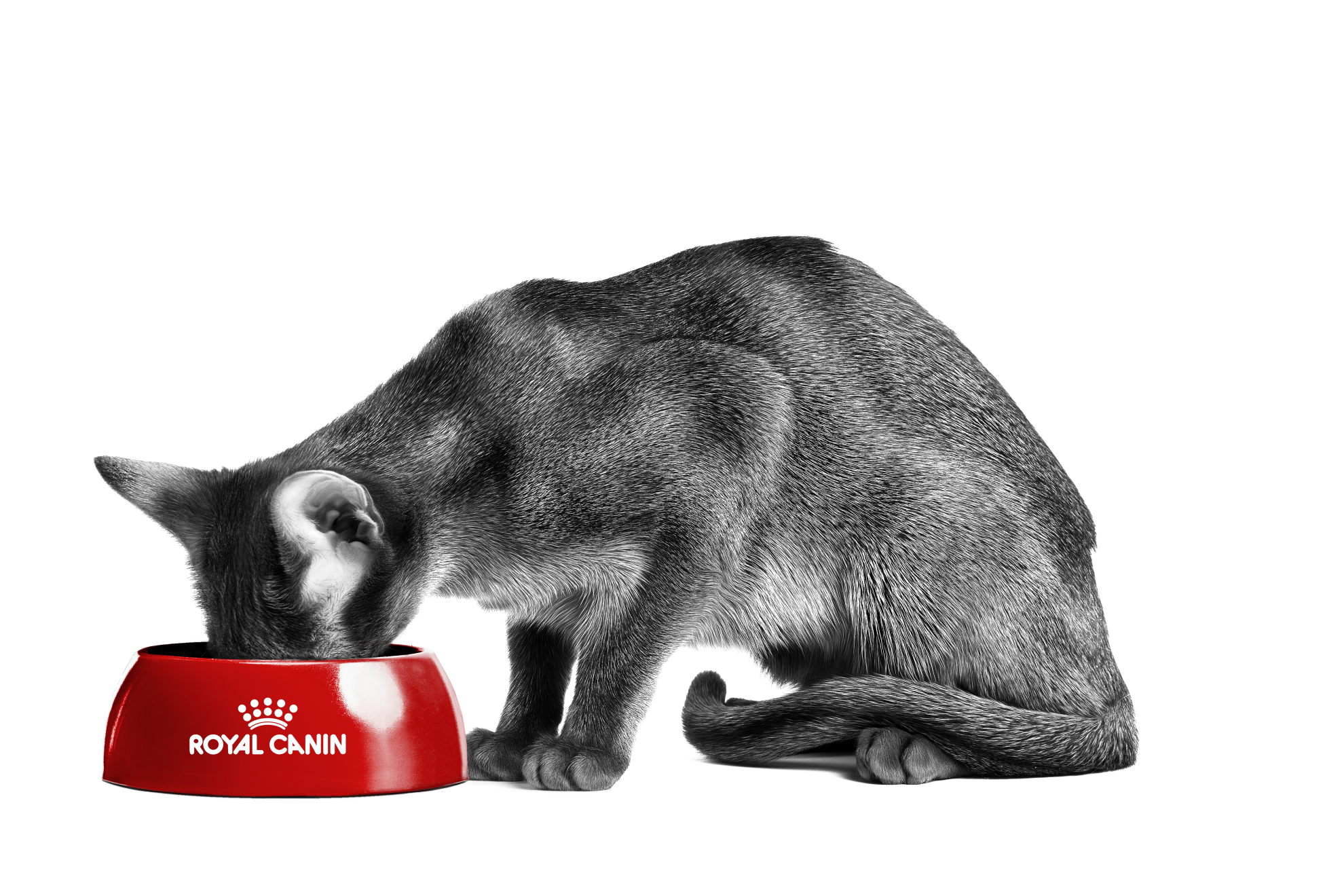Explore magnificient breeds
Get expert information on the temperament and needs of more than 60 or so cat breeds. Filter or search to find the breed you're looking for.
Our breed family

Find out which food is optimal for your cat's breed
Every cat is truly one-of-a-kind. That is why your cat deserves personalised care, especially when it comes to nutrition.